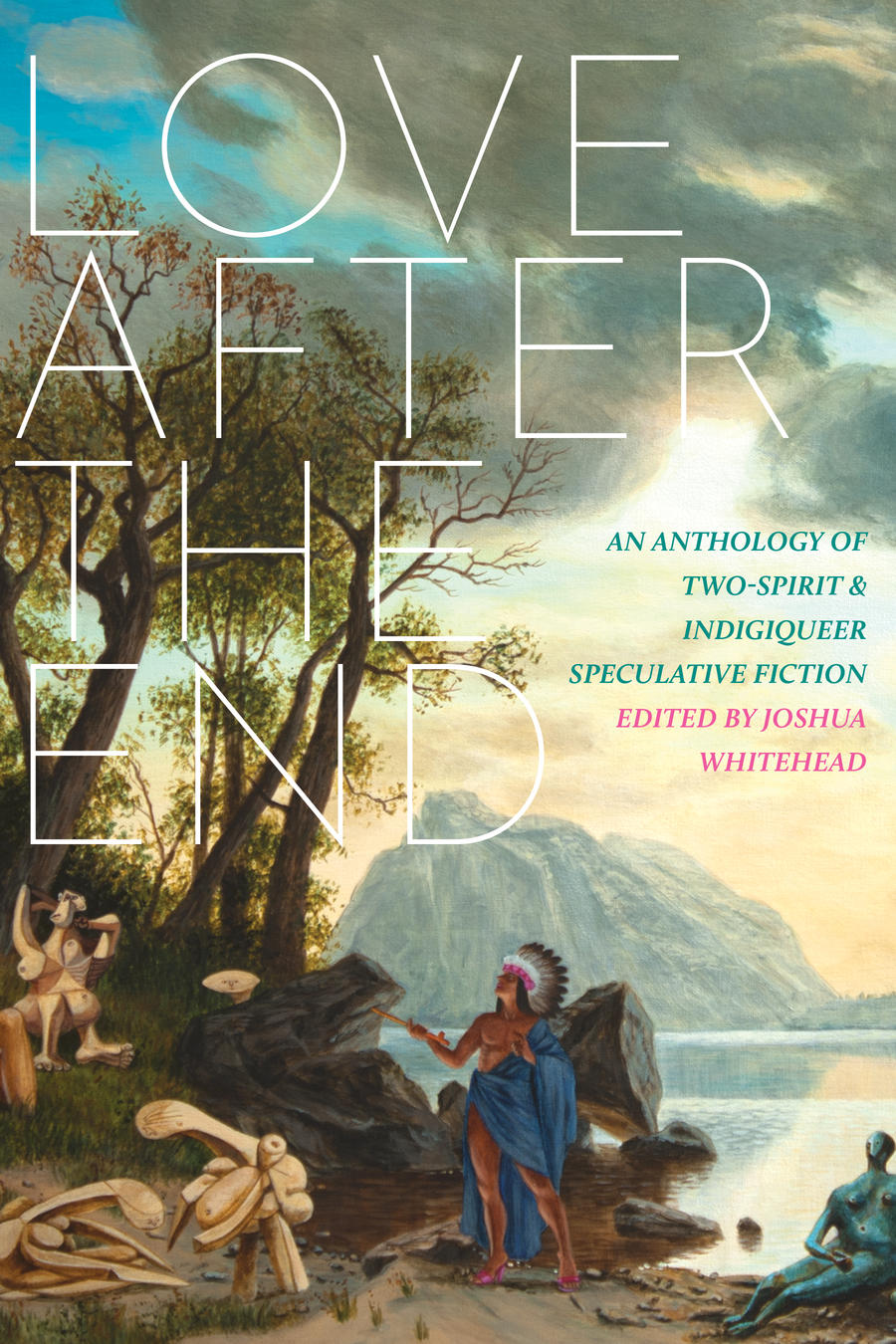There are many reasons for why I was drawn to Love After the End, the main being that it offers a selection of works from voices that are seldom highlighted in the mainstream media. Additionally, as someone who claims to love all genres, the number of speculative fiction books I’ve read is quite embarrassingly low. Not to mention, the few works I have come to know don’t centre around LGBTQ+ or BIPOC protagonists, so identifying and truly connecting with the characters was really difficult.
And I must say that I was completely right to trust my instincts and pick up this book: turns out that once we step away from the death trap of colonial tunnel vision, we can be introduced to many geniusly crafted universes and cute lesbian couples (a dream, truly).
Reading this anthology was a whole experience. Each writer has a distinct voice that the audience is able to enjoy, and it quickly becomes evident that every story needs to be included. They are full of creativity and present beautiful (sometimes heartbreaking) ideas.
Joshua Whitehead’s “Introduction” to the anthology created the perfect foundation for the nine short stories. The opening passages shed light onto how Indigiqueerness has been impacted by colonization, and the question of whether or not this anthology is presenting a utopia or dystopia. Whitehead rightfully points out that this moment, right now, can already be called a dystopia for the Indigenous communities due to the horrors that have been –– and still are –– imposed onto them by the Canadian government.
As I mentioned earlier, reading the anthology was a journey and I could write entire reviews dedicated to each story in this collection. But for now, I’ll gloss over the details and simply sum up how they made me feel. Let’s begin.
“Abacus” by Nathan Adler is the first piece: a sweet love story taking place on a civilization away from Earth. This is one of the shorts in this collection that is very futuristic. You know… with it taking place in outer space.The next tale is Adam Garnet Jones’s “History of the New World,” followed by “The Arc of the Turtle’s Back” from jaye simpson, and Kai Minosh Pyle’s “How to Survive the Apocalypse for Native Girls.” As I progressed through those narratives, I found myself getting increasingly sentimental. As I reached the fifth story–– “Andwànikàdjigan” by Gabriel Castilloux Calderon –– I was balling my eyes out.
I’m not sure if my current mental state after months of quarantine in a global pandemic caused my emotions to be so… intense, but I do know for sure that the stories themselves touched me deeply. And I’m certain that even if you’re less sentimental myself, you’ll also be moved by these narratives.
The next story, “Story from a Bottle” by Darcie Little Badger, was perfect in deescalating my sobs and introducing an intriguing story about A.I.’s and mysterious islands. The final two tales –– “Nameless” by Nazbah Tom and “Eloise” by David A. Robertson –– brought the tears once again, while being simultaneously thought provoking.
I want to take a moment to reiterate how much these stories made me feel, despite each being less than thirty pages long. When a narrative can grasp the reader and stay in our minds long after we’ve completed it, that to me is a sign it’s been worth it –– and with some having such a strong impact without being novels, it simply proves the talent of the writers. I’m already certain that a few of these short stories have become some of my all time favourites. Additionally, what I truly appreciated about reading this collection was the sheer variety of narratives; there is something in it for everyone. Whether you prefer hi-tech and intergalactic science fiction, or are more drawn towards romantic or sentimental stories, Love After the End delivers. —Zainab Fatima


